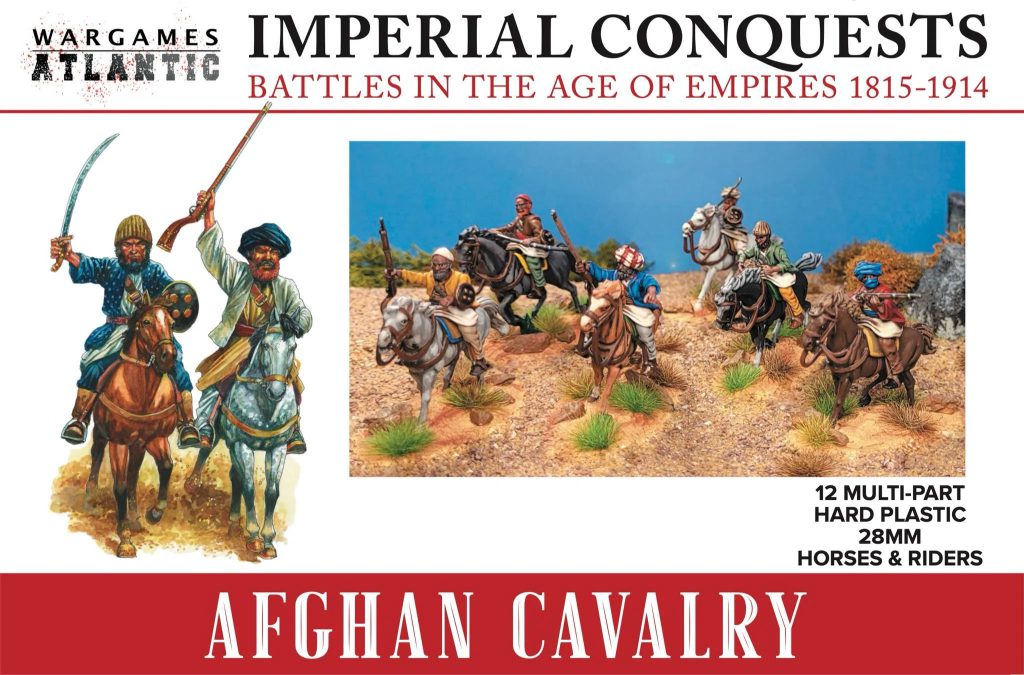
Intro
Two years ago, Wargames Atlantic announced their Afghan Cavalry kit. I had just finished reading Col. Mike Snook’s excellent Into the Jaws of Death, a section of which recounts the harrowing experience of the British at the battle of Maiwand, in which a large mixed force of Afghan regulars and tribesmen overwhelmed an overconfident British expedition and nearly annihilated them. Inspired, I began enthusiastically building and painting models, with the idea that I’d have everything finished by the time the Afghan Cavalry dropped, which would become the final piece of the project.
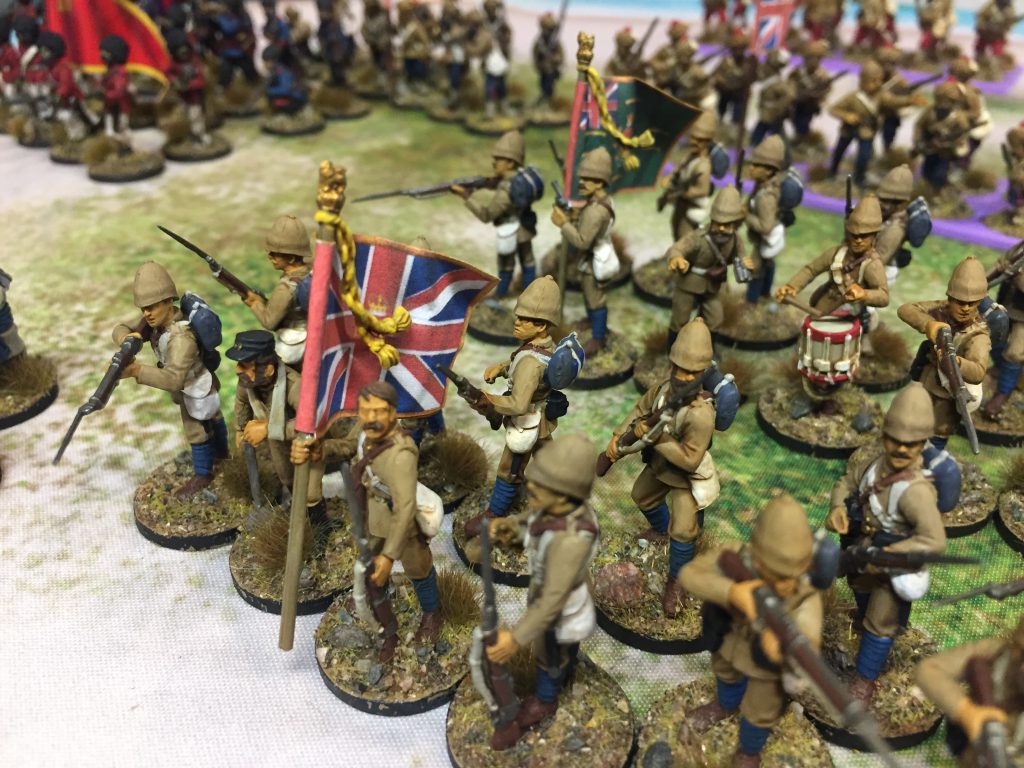
However, the kit largely disappeared from view – with only occasional updates indicating that it was still in development. Dozens of other kits came and went from Wargames Atlantic. Hundreds of my painted British and Afghan models sat unused in their display case, awaiting the delinquent arrival of the cavalry.
However, the long wait is finally over, and Wargames Atlantic’s Afghan cavalry are finally here. I quickly picked up two boxes and got to work assembling them.
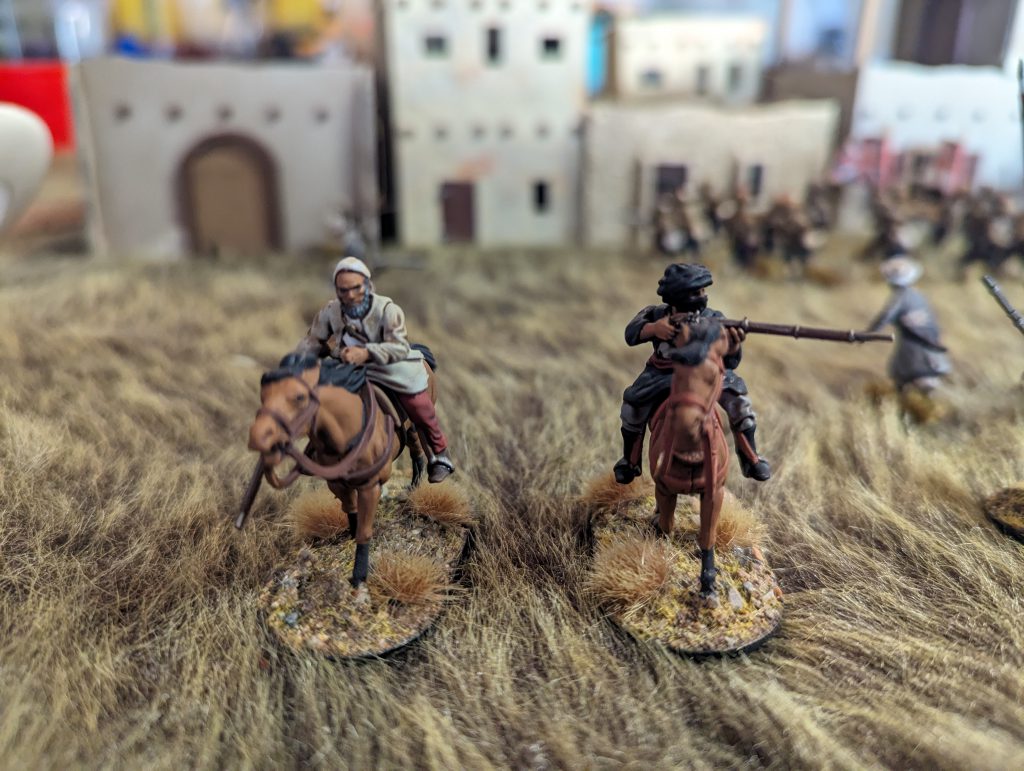
Assembly
Each box allows you to make 12 cavalry using six rider sprues – each with two bodies plus arms, heads, and weapons – and four horse sprues, each containing three horses.
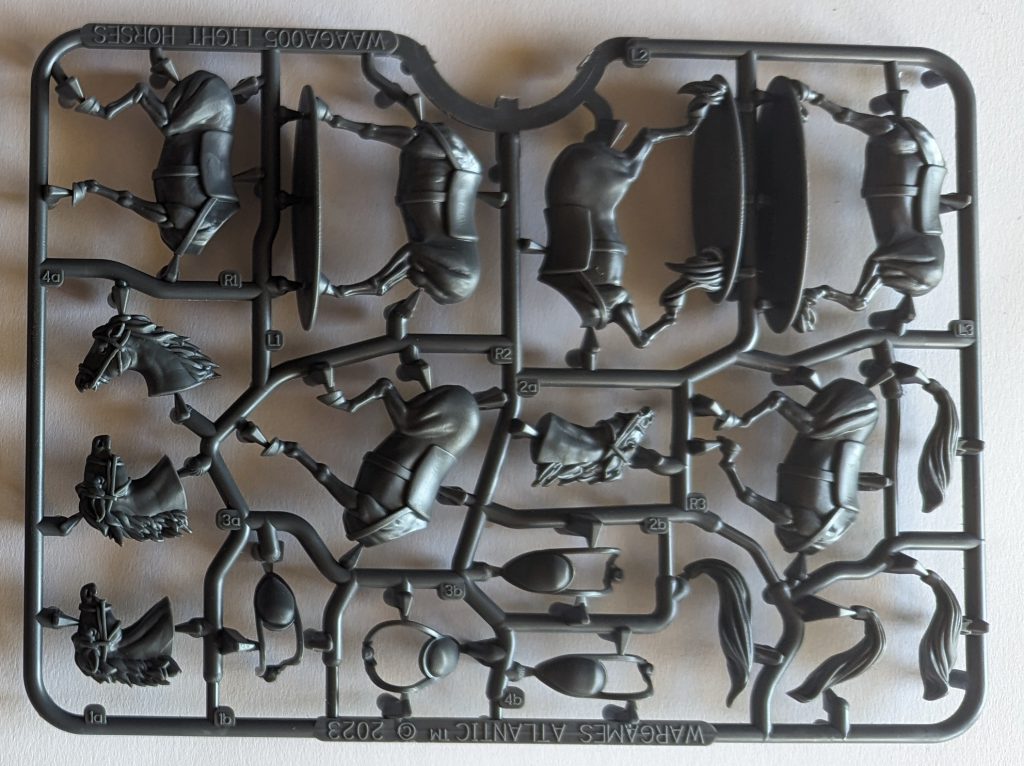
The horses included in this set come in several pieces that use a rather unique method of assembly. Each sprue contains three horses that consist of matched halves, plus a tail, reins, and several head options. The reins contain a small orb at one end that fits into a recess at the base of the horse’s neck, with the head then fitting on top of that. This allows the reins to drape away from the horse’s body rather than being sculpted as one solid piece. It’s a pretty clever design, although it took me several tries to figure out how it all fit together. A simple guide on Wargames Atlantic’s website would be useful, I think, to avoid confusion.
Assembly for the riders is pretty straightforward. The torso and legs are molded together in two variants, and all that needs to be attached are a head and arms. The torsos are fairly nondescript and work equally well for tribesmen, or Afghan regular cavalry. The tunic the models wear was clearly inspired by illustrations of Herati regulars.
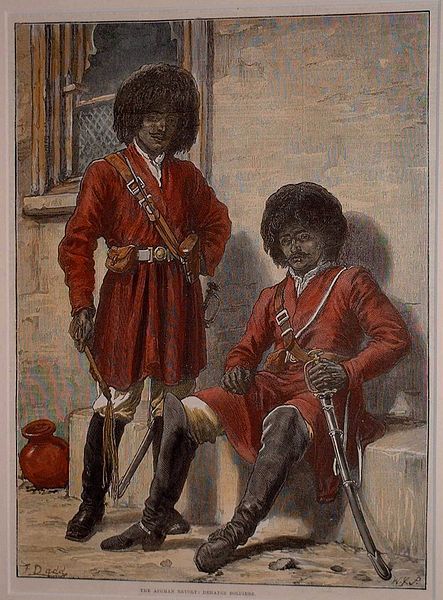
I can’t tell you how pleased I am that Wargames Atlantic gave us the option to model these as either tribsemen or Afghan regulars. Since I needed both for my Maiwand project, this really was a huge boon for me. Head options are plentiful, with skullcaps, felt beehive hats, turbans, and Herati Turcoman-style fur caps.
Meanwhile arm options consist of several clutching sabers, muskets, jezzails, a bamboo spear, as well as a drum and off-hands holding the reins or pointing. Here lies my primary gripe with this set: the lack of weapon options. For non-regular cavalry the options on-hand are fairly suitable, since the most common firearms for tribal warriors would be a sword and muzzle-loading firearm of some kind.
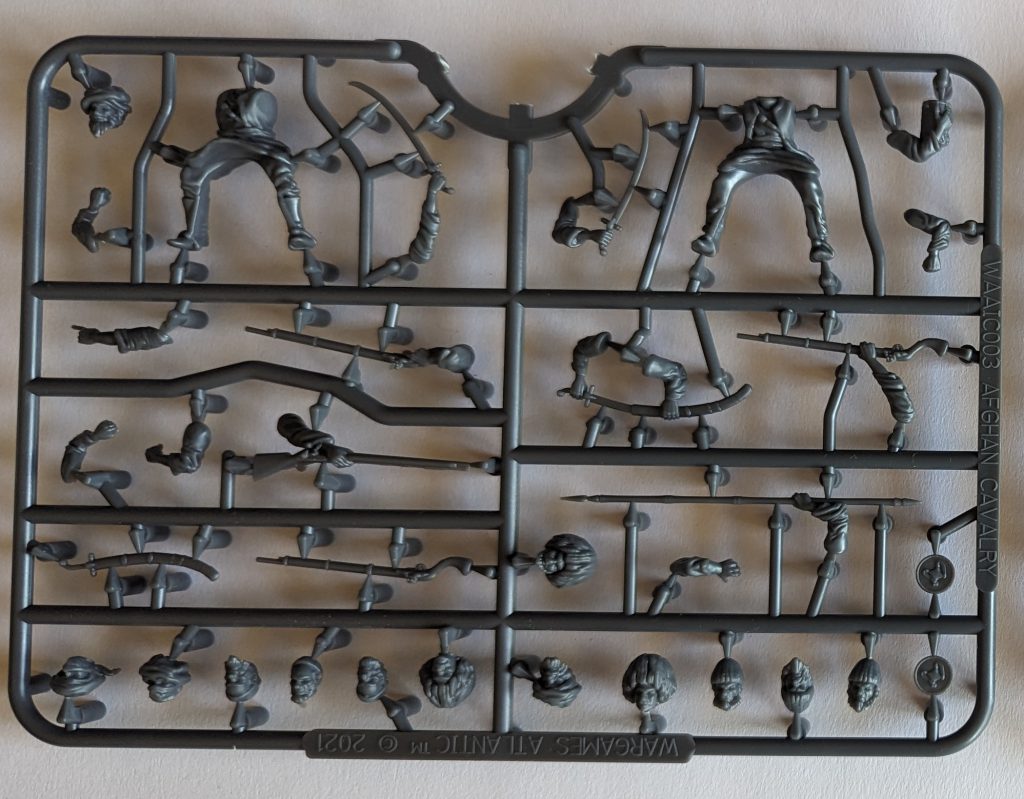
For the Afghan regular cavalry however, a standard loadout would be a cavalry saber and a breech-loading carbine of some type (most commonly a Snider). Unfortunately the kit doesn’t seem to contain carbines or breech-loading firearms of any kind. Curiously, the box does list Martini-Henry rifles as one of the weapon options in the kit but that appears not to be true. Perhaps it was originally slated to be an option that was later cut.

Kitbashing
While the Afghan cavalry kit on its own has fairly limited weapon options, the good news is that the kit is fully compatible with Wargames Atlantic’s Afghan Infantry kit. If you possess both, you can freely mix and match arms and heads which increases the variety of poses you can make.
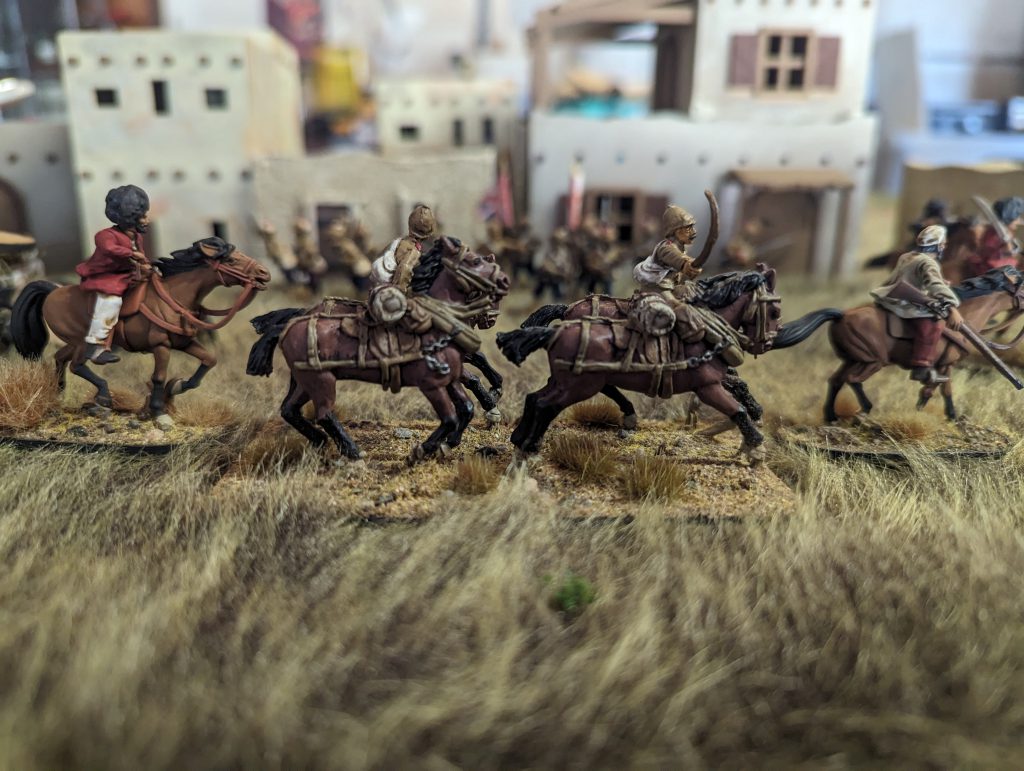
Furthermore, I experimented with matching some of the Perry Afghan bits as well. The heads don’t work without modifying them, as WA heads are flat on the bottom while Perry uses a ball-joint system. The arms, however, are mostly compatible. WA torsos are a bit wider than Perry, so arm combinations that go together, like two arms clutching a rifle look a little off – however single arms work perfectly well, and I was able to freely kitbash all sorts of new poses and combos.
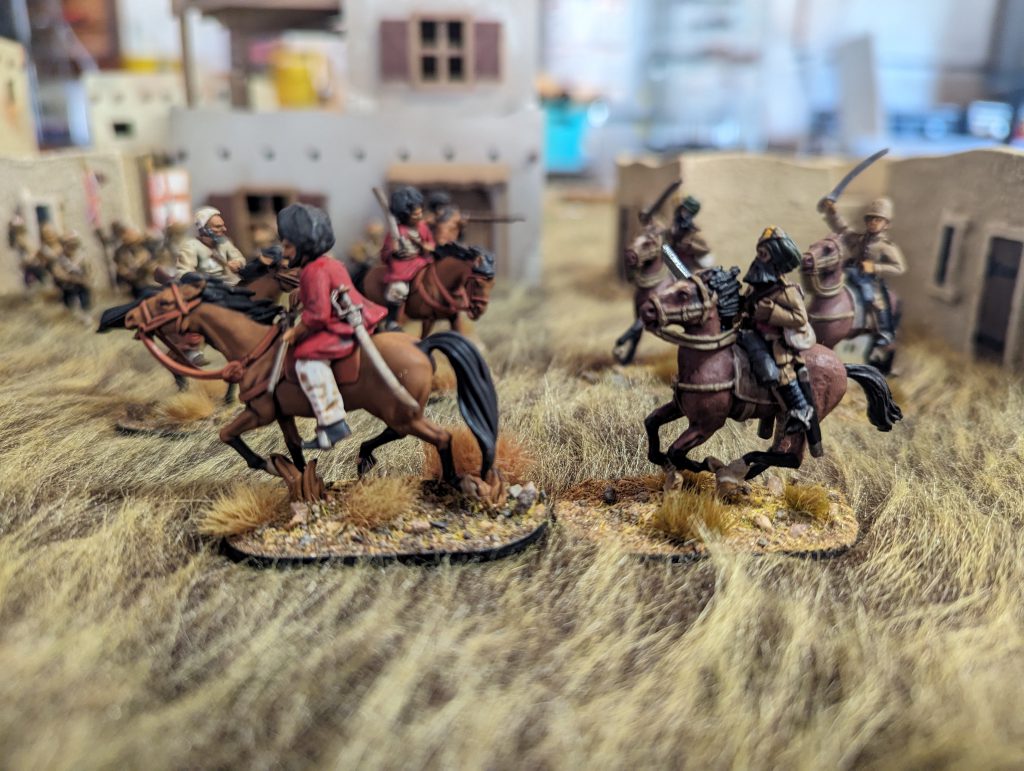
For even MORE options, if you have a 3D printer, Wargames Atlantic has a set of modern Afghan weapons and heads that should also be compatible with this set. So, if you really want a tribal Afghan warrior astride a horse aiming an RPG – you can make that!
Painting
Getting some models painted up in time for this article was actually quite a breeze. The riders have fairly simple designs. All paints listed below are Vallejo brand unless specified otherwise.
For my Herati Afghan Regular cavalry I used Ian Heath’s Afghan plates as a guide, with a red tunic, white pants, and grey-black boots and bearskins, with brown webbing.
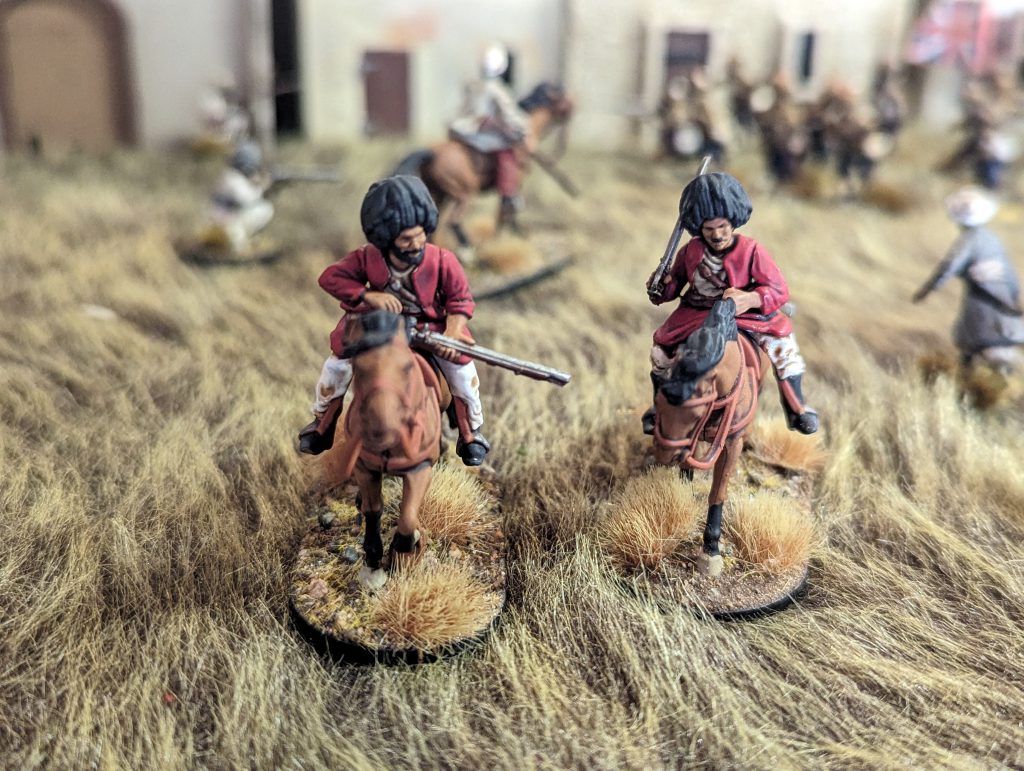
For my tribal infantry, there is a lot of freedom in how to paint them. I went with black and off-whites for my first two riders, although as I go I plan on interspersing some splashes of color such as red and blue tunics and sashes.
My system for painting horses is pretty basic. I prime the horses in Beasty Brown, then paint their lower legs, tail, and mane black. Hooves are painted Stone Grey. Finally the reins, saddle, and other straps are painted in Red Leather.
Finally, I wash everything in Aly’s Brown Liquid, then brush on a coat of AK Interactive’s Ultra Matte Varnish once the wash is dry.
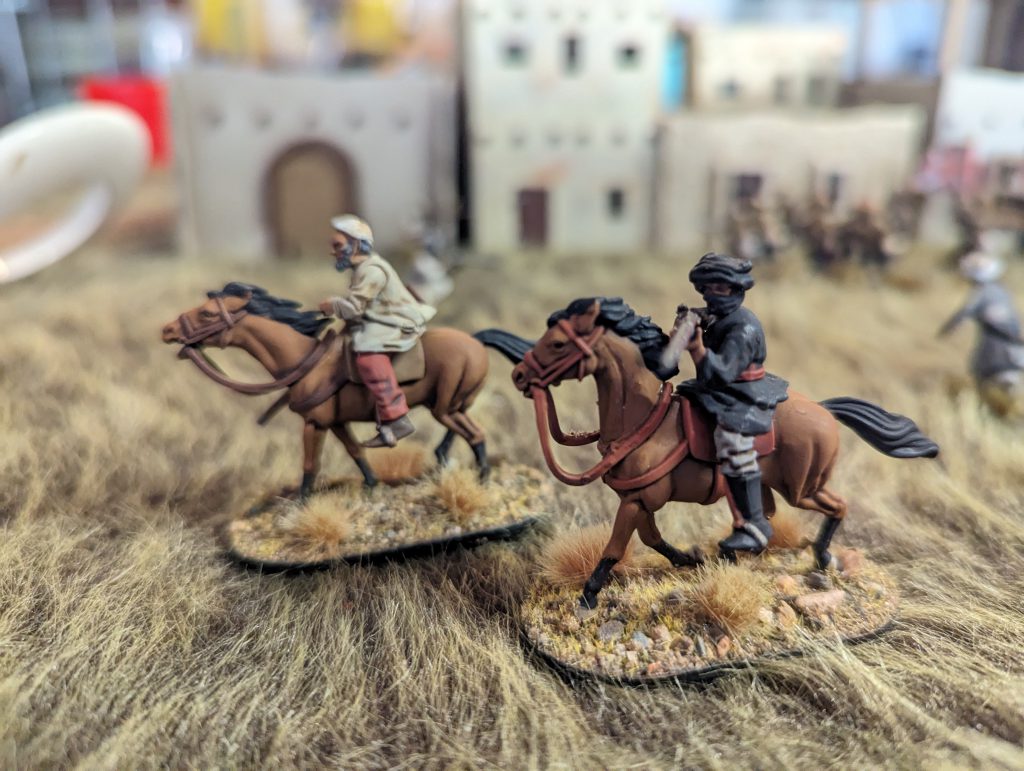
For basing I am a huge fan of Luke’s APS Base Ready materials. Essentially you cover your empty base with white glue, then dip the base into the basing material, let it dry, and then coat it in a watered down glue sealant. The final result looks great and doesn’t require any painting. From there I usually just add a few little tufts as a finishing touch.
Conclusion
On its own, the Afghan cavalry are a perfectly cromulent entry into Wargames Atlantic’s pantheon of kits. When coupled with other plastic Afghan infantry kits (either WA, Perry, or both), the kit becomes much more versatile. As I suspect most wargamers who are interested in buying this kit also possess at least one box of plastic Afghan infantry, this kit becomes an easy recommendation for them.
It also fills a much-needed gap in the market for those that want to wargame Afghanistan’s various conflicts, and I am extremely glad it’s now out and available. Now I can finally finish my Maiwand project and make the British shout “My god, Maiwand!” as I overwhelm their flanks with angry Afghan horsemen.
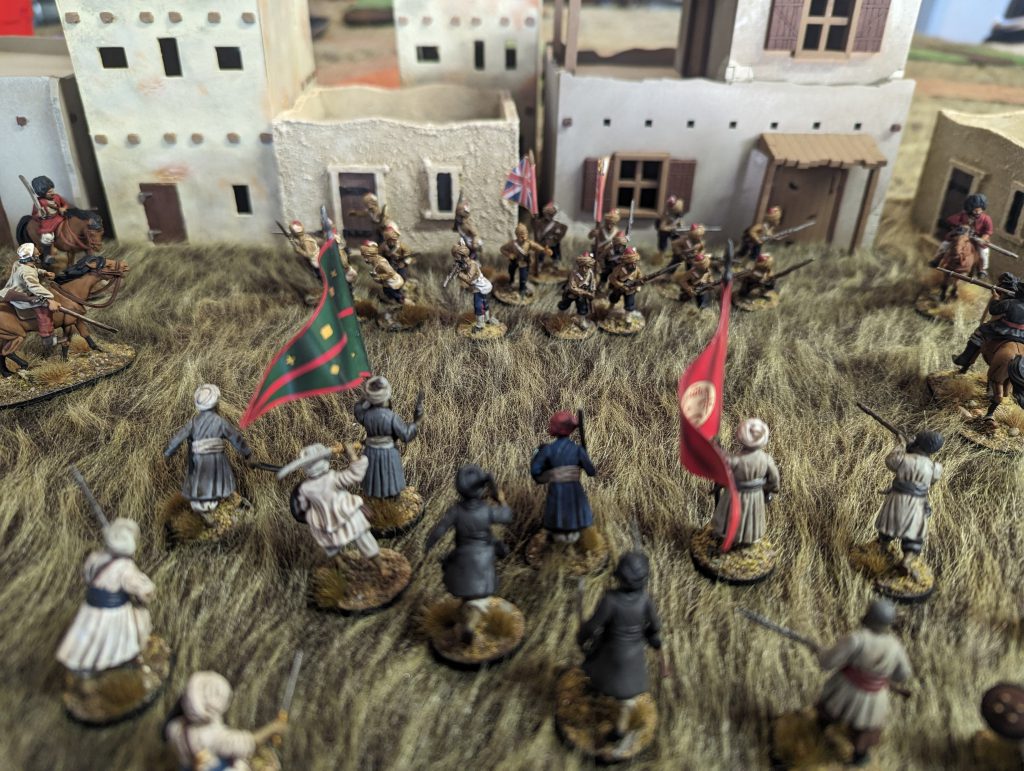
If you’d like to pick up either of these Wargames Atlantic kits and support Goonhammer while you’re at it, get them through our affiliate link
Have any questions or feedback? Drop us a note in the comments below or email us at contact@goonhammer.com. Want articles like this linked in your inbox every Monday morning? Sign up for our newsletter. And don’t forget that you can support us on Patreon for backer rewards like early video content, Administratum access, an ad-free experience on our website and more.


